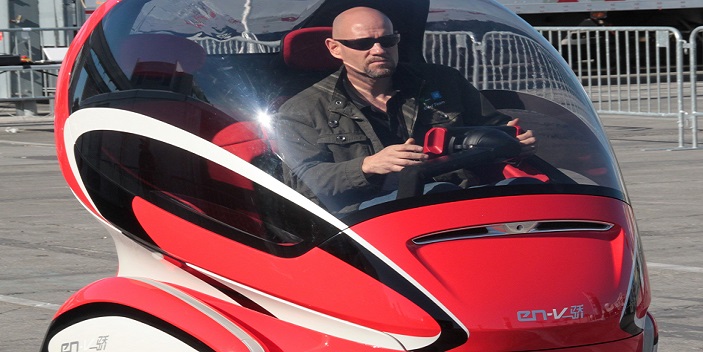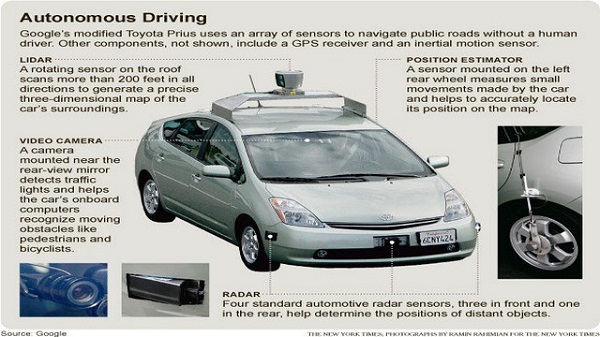Patrick Brown spoke to the Ontario Road Builders Association where he made a number of false statements about the province. Facts Still Matter in Ontario, especially when it comes to the historic amount of transportation infrastructure being built right now across the province.
He said: “I believe we’ve seen lip service to infrastructure over the last 10 years but we’re not seeing shovels in the ground”
Fact: Here are some pictures of shovels in the ground
Eglinton LRT
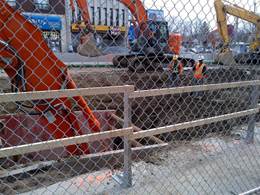
Spadina Subway Extension
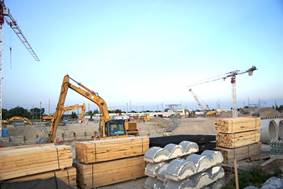
Waterloo LRT
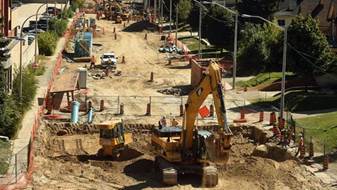
Highway 404 Extension
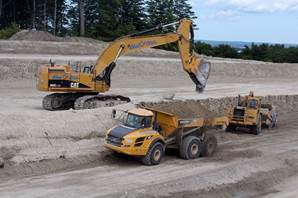
(Source: http://m.thecrosstown.ca/Text-Summary-Eglinton-Crosstown-Update?device=mobile)
(Source: http://urbantoronto.ca/news/2012/07/work-progressing-stations-spadina-subway-extension)
(Source: http://www.bluestarconstruction.ca/operations-services/projects/404-2/)
He said: “You go to Gujarat, you think you’re on Canadian roads. They’ve really invested in Infrastructure. No wonder they’ve seen their economy grow. No wonder Gujarat was leading India in job growth.”
Fact: The next time he wants to make this point he’s welcome to use Ontario as an example. It’s no coincidence that our government is making the largest infrastructure investment in Ontario’s history and leading the G7 in economic growth.
(Source: https://www.ontario.ca/page/building-ontario, http://www.fin.gov.on.ca/en/economy/ecaccts/)
He said: “We want to make sure that historic infrastructure 130 billion is actually spent on infrastructure not spent simply on, on promises, on press releases”
Fact: Cost of the new GO station in Richmond Hill: $22 million, cost of the press release announcing it was open: $0, cost of catching Patrick Brown making up facts: priceless
He said: “We have become the capital of red tape in North America”
Fact: The CFIB nominated has nominated the Ontario government for its golden scissors award for cutting red tape 3 years in a row. This year the government received two nominations.
(Source: http://www.cfib-fcei.ca/english/article/4786-cfib-announces-golden-scissors-award-finalists.html)
He said: “Projects need to start within mandate… It’s an insincere commitment promising something for 2019 or 2031”
Fact: Meaningful projects take longer than 4 years to build. If Patrick Brown won’t build anything that takes longer than 4 years that means he wouldn’t build any new subways or LRT’s.
(Source: http://vivanext.com/blog/2009/12/01/the-spadina-subway-extension-moves-forward/)
He said: “The biggest announcement was for Hydro One, government said we’d get money for infrastructure. Of the first $4 billion sold, 0 went into infrastructure, money has been diverted to general revenue”
Fact: All of this money went into the Trillium Trust to be spent on projects like like GO Regional Express Rail, Mississauga and Hamilton LRT’s and the recently announced natural gas expansion.
(Source: https://news.ontario.ca/mof/en/2015/04/the-trillium-trust-and-moving-ontario-forward.html, https://news.ontario.ca/moi/en/2017/01/expanding-natural-gas-to-more-communities-across-ontario.html)
For the Silo, Alana Kiteley.

